National
Nepal-China boundary talks conclude in Beijing
Details of decisions expected today, official says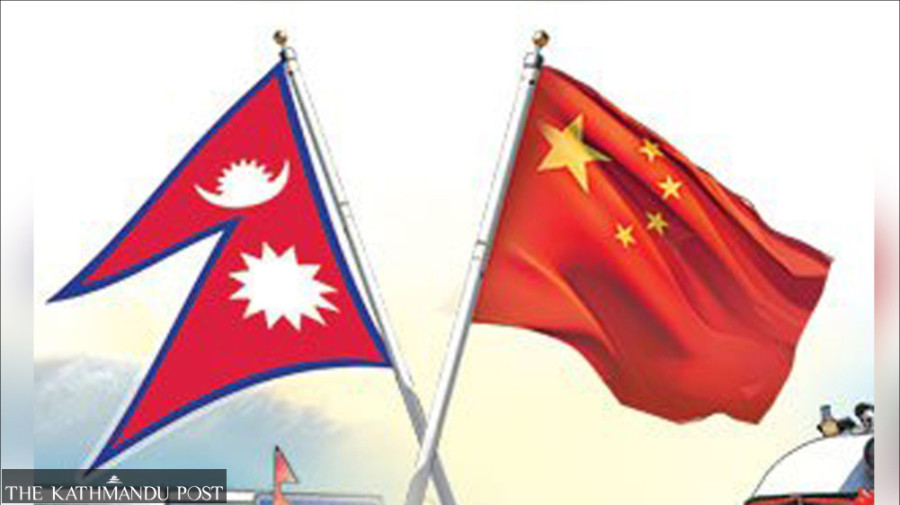
Post Report
Nepal and China held a meeting of the Joint Expert Group in Beijing on Wednesday.
Prakash Joshi, the director general of the Department of Survey, led the Nepali delegation. Although the meeting concluded on Wednesday, both sides have yet to share the details.
A Nepali participant from Beijing said although the meeting concluded on Wednesday, some formalities will be completed on Thursday. “We will only be able to share more details on Thursday,” he said.
The meeting took place after almost 18 years of hiatus, just ahead of the Nepal-China foreign secretary-level talks slated for June 25. Representatives from ministries including foreign affairs, home affairs, defence, land management, cooperatives, and poverty alleviation, as well as the Nepali Embassy in Beijing participated in the meeting.
The last meeting of the Joint Expert Group was held in 2006 in Kathmandu. The mechanism mandates a joint inspection of the Nepal-China border, dispute resolution, and finalisation of the fourth protocol to be signed by the two sides. The third Nepal-China boundary protocol was signed in 1988.
The official said concerns from both sides were discussed in the meeting, and a positive outcome is expected.
In the meeting, both sides discussed the status of the Nepal-China boundary, the date for commencing a joint boundary inspection, disputes in the Nepal-China border, and the signing of the Border Management System, whose initial agreement was signed during Chinese President Xi Jinping's visit in 2019.
The Chinese side has sent a copy of the border management agreement, which is now under the review of the Ministry of Law, Justice and Parliamentary Affairs, according to a joint secretary at the Ministry of Foreign Affairs.
According to a senior official familiar with the matter, although the text of the Boundary Management System is yet to be released, it envisions forming two panels—a joint commission on boundary matters between Nepal and China, and a committee of boundary representatives to be led by competent authorities from the two countries.
Nepal is yet to ratify the boundary management system.
The joint secretary said the meeting will also discuss outstanding issues, such as the timing and form of inspection, and whether it should start anew or resume from where it was left in 2006.
Nepal and China concluded their first boundary talks in 1961 and signed the Boundary Protocol in 1963.
The 1963 Joint Boundary Protocol provides for three different mechanisms to deal with boundary issues: the Joint Inspection Team, Joint Expert Group, and Joint Inspection Committee. The mechanisms were enshrined in the Nepal-China Boundary Protocol signed between the two countries on January 20, 1963. Later, Nepal and China renewed the Boundary Protocol in 1979 and 1988.
While the Joint Expert Group is led by the director general of the Department of Survey from the Nepali side and their Chinese counterpart, the Joint Inspection Committee is led by the deputy director general or under secretary from the Department of Survey and their Chinese counterpart, as per the practice and provisions. Similarly, the joint inspection committee is led by the joint secretary at the Ministry of Foreign Affairs.
As per the boundary protocol, Nepal and China should conduct a joint boundary inspection every ten years.
The Ministry of Foreign Affairs said in a statement on July 15, 2022, that officials from Nepal and China held a virtual talk in which they decided to activate the existing boundary mechanisms through mutual consultation.
According to officials and experts, Nepal and China have a dispute over pillar number 57 in Dolakha district, which was a major bone of contention following the resolution of the height of Mt Everest in December 2020. Besides pillar no 57, disputes have often surfaced in Humla, Gorkha, and Kimathanka (Sankhuwasabha), which need to be resolved through joint inspection. In addition to resolving disputes, as per the boundary protocol, both sides should update the boundary status every 10 years.
Despite the Nepal government’s claims that the Nepal-China border is largely free from disputes, there are reports of several boundary-related issues, such as encroachment, fencing and wiring, illegal construction, missing border pillars, lack of maintenance of boundary markers, and the Chinese side's use of high-level digital surveillance on the border. Nepali security agencies deployed on the border reported these issues to the Ministry of Home Affairs.




 10.12°C Kathmandu
10.12°C Kathmandu

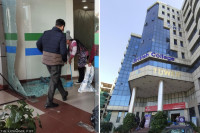
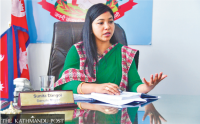
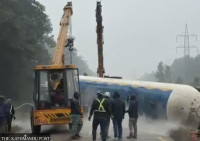



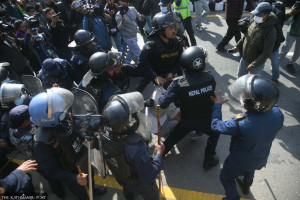
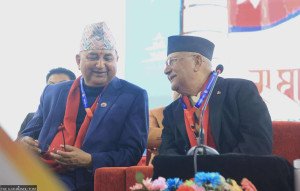



%20(1).jpg&w=300&height=200)

